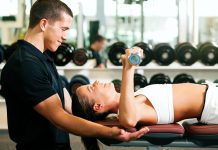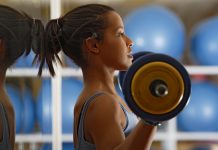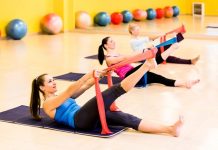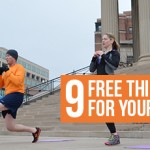Massage is essentially the science of touch. Known to have a pivotal role in child development, touch has been found to produce endorphins which are linked to feelings of love, comfort, and relaxation. This is no different in adults. The sensations have proven beneficial for those suffering from various psychological and physiological ailments, many of which are experienced by athletes.
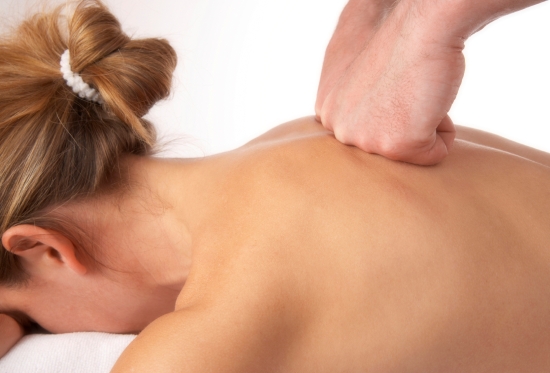 History
History
Once considered a form of alternative medicine, massage therapy has now become a cornerstone of care for athletes. Originally practiced by the Chinese in 2500 BC, the methods didn’t gain widespread western recognition until the 19th century when Swedish gymnast, Per Hendrik Ling, developed the methods now known as Swedish massage.
Ancient Greek physician Hipocrates was once quoted to say, “The physician must be experienced in many things, but most assuredly in rubbing.”
Types
There are various types of massages but those found most beneficial to athletes are Swedish, deep tissue, sports, trigger point, and ART.
Active Release Technique, or ART, uses deep pressure to reduce scar tissue and relieve muscle adhesions. Swedish massage is best for pre-event training and involves long, light strokes and a softer pressure.
Trigger point massage is best for muscular knots uses strong pressure to loosen them. Deep tissue massage focuses on various layers of muscle within the body to ensure all muscles are properly treated.
Sports massage is more generalized to treat overall relaxation or relief before and after activities but often involves more fast-paced massage and has a strong focus on proper stretching.
Most massage therapists are familiar with all types of massage but some choose to specialize in certain types for more focused care.
Benefits
Massage therapy has been found to have numerous benefits for athletes.
- Increased circulation improves breathing and reduces lactic acid build up in the muscles.
- It eases pain and helps prevent delayed-onset muscle soreness (DOMS) if used after difficult workouts.
- Massage encourages mitochondria production which encourages faster recovery.
- A study showed that a short massage improved brain activity and increased alertness.
- It has been proven to improve range of motion and flexibility in as little as 30 seconds of massage.
- Massage boosts the immune system by stimulating the lymphatic system.
- Massage encourages endorphin and seratonin production which encourage more productive sleep.
Massage therapy is now being recommended for pre-event and post-event therapy. It has been found to not only reduce stress but properly stretch muscles before an activity, as well as dulling pain caused from the activity.
Many professional and college level teams employee a therapist full time and thanks to portable massage tables, freelance therapists can easily be commissioned in-house.
Especially in athletes, the benefits of massage are short lived. Because of this, it is recommended to get a massage at least once a week, though bi-weekly massages are still greatly beneficial. Be sure to drink plenty of water after your massage so any toxins are washed out of your system.
Photo Credit By: properwicz.wordpress.com



